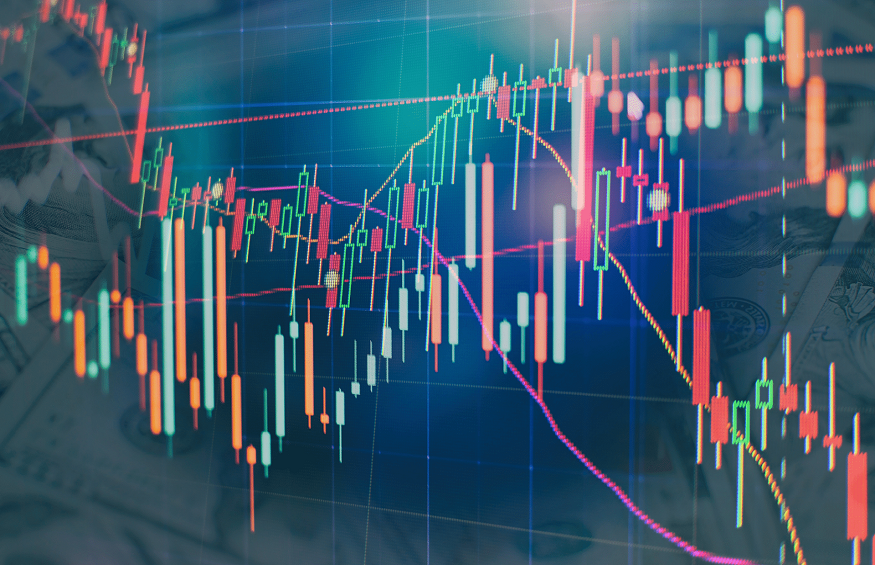When it comes to mastering technical analysis, Denmark is a great place to start. The country’s financial markets are among the most sophisticated globally, and investors here are adept at using technical indicators to identify trading opportunities.
If you’re looking to learn more about technical analysis, there are a few things you should know:
- It’s essential to understand the basics of chart reading and how to interpret price movements.
- You’ll need to learn about the various technical indicators and use them effectively.
- You’ll need to practice using these tools in a real-world setting.
Fortunately, there are plenty of resources available online and in your local community that can help you get started. We list a few tips to get you started:
Learn the basics of chart reading and price patterns
One of the critical aspects of technical analysis is understanding how to read charts and interpret price movements. The best way to learn is by studying real-world examples, so start browsing through some historical charts and observing how prices have moved over time.
Another essential thing to understand is the difference between trend indicators and oscillators. Trend indicators are used to identify bullish and bearish trends, while oscillators measure momentum and volatility.
Mastering these tools can help you spot trading opportunities in the markets.
Learn about the different types of technical indicators
There are many different technical indicators that you can use to identify trading opportunities and make predictions about future price movements. Here are a few of the most common indicators:
Moving averages
They are used to measure momentum and confirm trends by comparing closing prices over time.
Relative Strength Index (RSI)
A popular oscillating indicator measures movement strength by comparing upward and downward movements. It is usually used to determine overbought or oversold conditions.
When utilising this indicator, traders often look at multiple timeframes because there may be different buy/sell areas depending on the timeframe examined.
For example, RSI readings greater than 50 for daily charts may indicate a stock is significantly overbought. However, the same reading for an hourly chart may not mean much-overbought momentum.
Momentum indicators
It measures the speed of price changes over a given period. These indicators are used to identify new trends and possible reversals.
Practice using these tools in a real-world setting
The best way to become proficient at technical analysis is by practising in a real-world setting. This means testing out your theories on historical data and trading live markets.
It can be helpful to paper trade or use a demo account to start with, so you can get comfortable with the process before risking any actual money.
There are plenty of online resources and courses available to help you learn more about technical analysis. Link to Saxo Bank to learn more.
Denmark is home to one of the most sophisticated financial markets globally, making for a great environment to learn more about technical analysis.
If you’re interested in learning more about how professional Danish investors use technical analysis, consider attending local networking events or joining a local chapter for investors who follow trend-following strategies.
This approach is popular among Danish traders, and many traders believe that using this strategy can be incredibly lucrative when trading foreign exchange (FX) and contracts for differences (CFDs).
Advantages of Technical Analysis
There are several advantages of mastering technical analysis in Denmark. First and foremost, it can help investors make more informed investment decisions.
By studying past price patterns and indicators, investors can get a better idea of what to expect from the markets in the future. This can allow them to time their investments more effectively and potentially achieve better returns.
Second, technical analysis can help investors manage their portfolios more effectively.
By understanding which indicators are signalling a buy or sell signal, investors can make more informed decisions about which assets to hold and which to divest.
This can help reduce overall portfolio risk and improve returns.
In Summary
Technical analysis is an excellent tool for hedging against market volatility. By anticipating directional movements in the markets, investors can take advantage of opportunities to hedge their portfolios and potentially protect against losses.
Mastering technical analysis in Denmark can be a valuable tool for investors and traders alike and provide them with more tools to help improve their investment strategies

